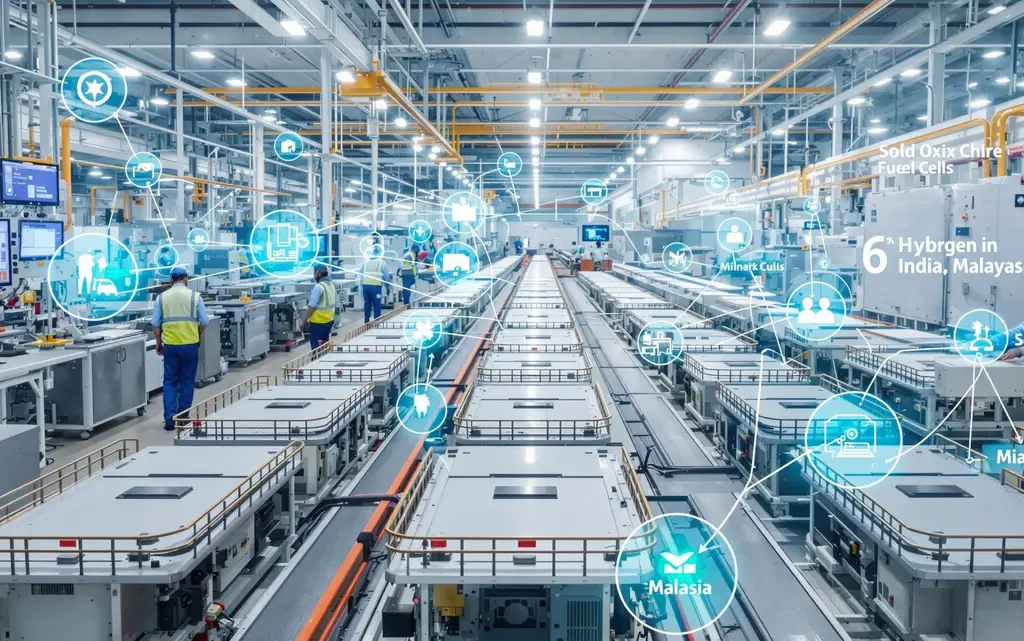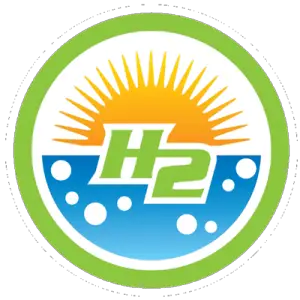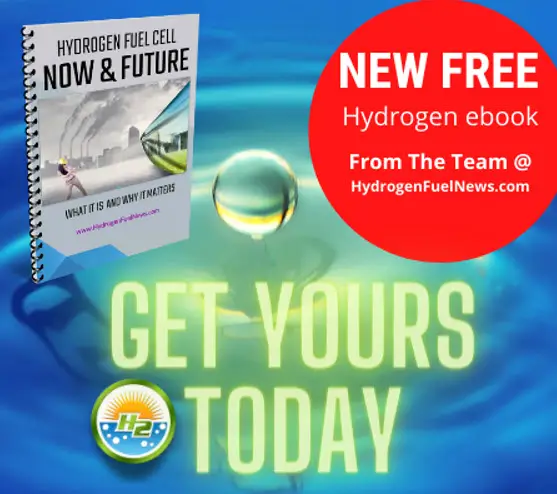
Doosan and Sarawak Lead Global Charge in Hydrogen Fuel Cell and Clean Hydrogen Innovations
April 7, 2025From South Korea to Malaysia, Spain to British Columbia, clean hydrogen is grabbing the spotlight, and for good reason. Governments and companies alike are throwing serious weight behind technologies like green hydrogen, fuel cells, and supporting infrastructure to kickstart a low-emissions future. It’s not just talk anymore—big players like Doosan Fuel Cell and the Sarawak government are rolling out bold moves that prove hydrogen isn’t just hype—it’s happening.
We’re seeing everything from breakthroughs in clean hydrogen production to boots-on-the-ground projects like hydrogen-powered industrial machines and pipeline upgrades that’ll move this clean fuel where it needs to go. With climate concerns growing and the demand for greener transport and energy solutions climbing fast, these innovations are painting a clearer picture of what a hydrogen-powered world might look like in the not-so-distant future.
Key Players in the Hydrogen Revolution
Over in South Korea, Doosan Fuel Cell is stepping on the gas with its Solid Oxide Fuel Cell (SOFC) tech. The company is scaling up its production to meet rising demand, and their fuel cells run on a variety of sources—like hydrogen and biogas—while keeping emissions low. It’s a great fit for both city power grids and heavy-duty industries. With roots in the energy business through its parent company, Doosan Corporation, the pivot to hydrogen feels like a natural next step.
Down in Malaysia, things are heating up too. The Government of Sarawak is aiming to put the region on the global map as a serious green hydrogen exporter. With plenty of hydropower to back them up and solid partnerships with countries like Norway and companies like PETRONAS, Sarawak’s plan is more than just a pipe dream. The upcoming H2 Energy Forum in 2025 is shaping up to be a major milestone in this ambitious roadmap.
Meanwhile, other heavy hitters are getting in on the action. Larsen & Toubro in India has launched new companies focused solely on green hydrogen. In the U.S., Hyster is turning heads with its award-winning hydrogen-powered lift trucks. And Spain’s Tubos Reunidos is tackling one of hydrogen’s biggest hurdles by designing pipelines specifically for the fuel—key pieces of the puzzle that’ll make widescale adoption possible.
A Technology Whose Time Has Come
The idea of hydrogen as a clean fuel has been floating around since the oil crunch days of the ’70s. But now? Things are different. With climate goals getting more urgent, renewable energy getting cheaper, and major breakthroughs popping up left and right, the pieces are finally coming together in a big way.
Right now, most hydrogen is still produced from fossil fuels—known as grey hydrogen. But the game-changers are here: green hydrogen made using wind or solar-powered electrolysis, and blue hydrogen that blends traditional methods with carbon capture. And with companies putting big money into safe, hydrogen-ready pipelines and next-gen vehicles, the shift is picking up serious momentum.
Take the Hyster hydrogen-powered ReachStacker as a prime example. This heavy-duty industrial machine ditches diesel completely, running on a clean, zero-emission fuel cell system thanks to a collaboration with Nuvera Fuel Cells. It just snagged a BIG Innovation Award, showing that hydrogen tech isn’t just for labs anymore—it’s out in the field, doing the work.
Comparisons and Collaborations
This isn’t just a one-country thing—it’s happening on a global scale. Over in Europe, the EU is going full throttle, aiming to produce ten million tons of renewable hydrogen every year by 2030 as part of its broader hydrogen strategy. Germany, France, the Netherlands—they’re all pouring funding into production and infrastructure, showing how regional partnerships can help scale this up fast.
Back in Asia, Sarawak’s hydropowered hydrogen projects echo similar plans in Norway, where excess renewable energy is being channeled into hydrogen production. And out in Japan and California, we’re already seeing hydrogen fuel everything from city taxis to home energy systems. These projects are proving that hydrogen tech can squeeze into all sorts of spaces—commercial, residential, and everything in between.
Looking Ahead: Short- and Long-Term Potential
So, what’s next? In the near term, it’s all about scaling up—more production facilities, more on-the-ground trials, and stronger policy support from governments that are finally putting some muscle behind hydrogen. From new vehicles hitting the road to hydrogen infrastructure getting laid down, it’s clear the shift is no longer crawling—it’s picking up pace.
Looking further ahead, the potential payoff is massive. Hydrogen could cut emissions in a big way, help countries move away from imported fossil fuels, and bring new energy jobs to areas that need them. From engineering and research to manufacturing, big opportunities are opening up across the board—and all of it is fueling progress toward a truly net-zero future.
Challenges That Come with the Opportunity
That said, it’s not all smooth sailing. One of the biggest barriers is still cost. Green hydrogen is more expensive right now than the grey version, but the price gap is starting to shrink as technologies improve and scale. Then there’s infrastructure—hydrogen is a tricky customer, and current pipeline materials aren’t always up to the task due to issues like hydrogen embrittlement.
There’s also a bit of red tape to cut through. Regulations vary widely by region, which can spook investors and slow down progress. But even with those hurdles, things are looking up. As more governments and corporations—like Doosan and L&T—jump into the game and start investing in research and deployment, the pace of innovation is speeding up. That means lower costs, better tech, and smoother adoption curves.
What’s Next—and Why It Matters
The work being done today isn’t just a flurry of unrelated pilot projects. This is coordinated progress, step by step, laying down the foundations for a future where hydrogen fuels warehouses in Ohio and powers global exports from Southeast Asia. Piece by piece, the outline of a hydrogen-powered economy is snapping into place.
If you’re watching the hydrogen space, now’s the time to dive in—whether that means investing, innovating, or exploring how hydrogen fits into your business. From fuel cell vehicles like Toyota’s hydrogen cars to next-gen forklifts from Hyster, the tech is here, it’s ready, and it’s creating real-world value.
Bottom line? This isn’t just some distant dream or a science fair project. Hydrogen is happening. It’s global, it’s gaining steam, and it’s going to change the way we move, work, and power our world. If you care about clean air, climate action, or cutting-edge tech, this is one revolution you won’t want to miss.
About Doosan Fuel Cell
Doosan Fuel Cell is based in South Korea and specializes in Solid Oxide Fuel Cells (SOFCs) and other advanced hydrogen technologies. As part of the larger Doosan Group, the company draws on decades of expertise in power generation and manufacturing. With deep investments in research and a strong commitment to building out the hydrogen economy, Doosan is positioning itself as a major player in Asia’s clean energy future.



 With over 15 years of reporting hydrogen news, we are your premier source for the latest updates and insights in hydrogen and renewable energy.
With over 15 years of reporting hydrogen news, we are your premier source for the latest updates and insights in hydrogen and renewable energy.